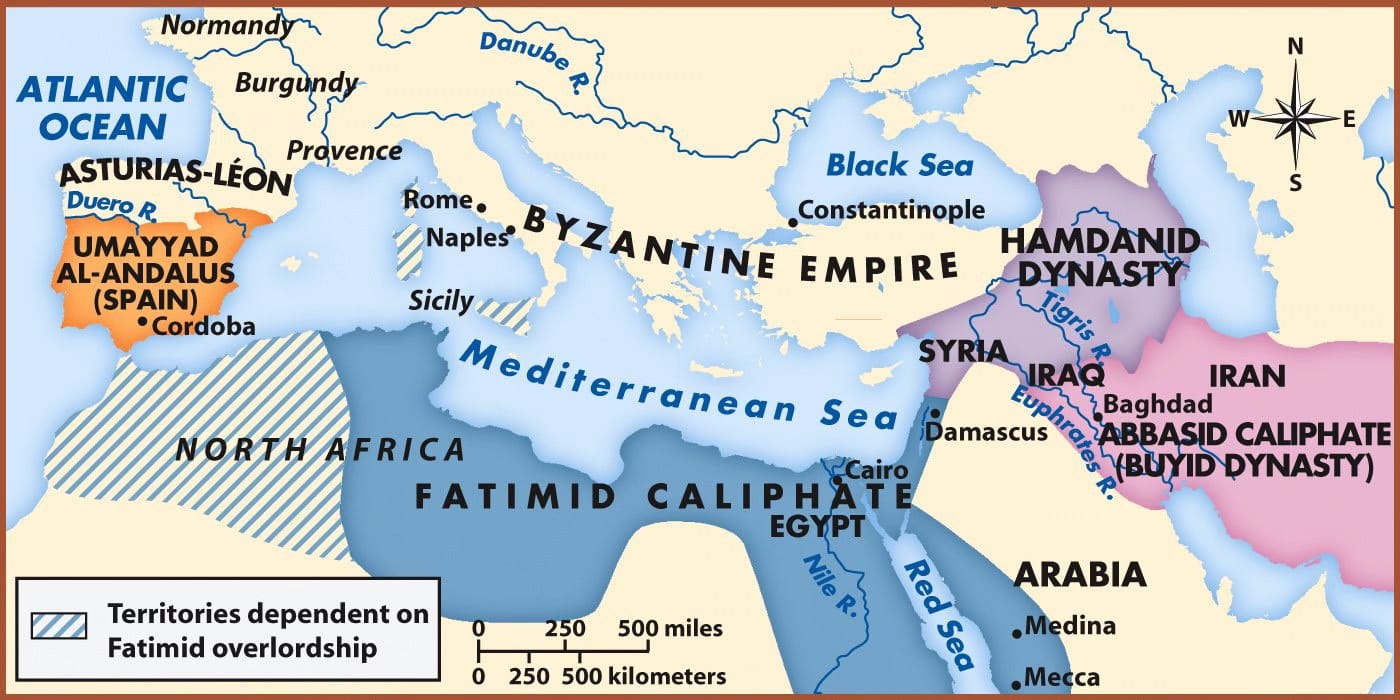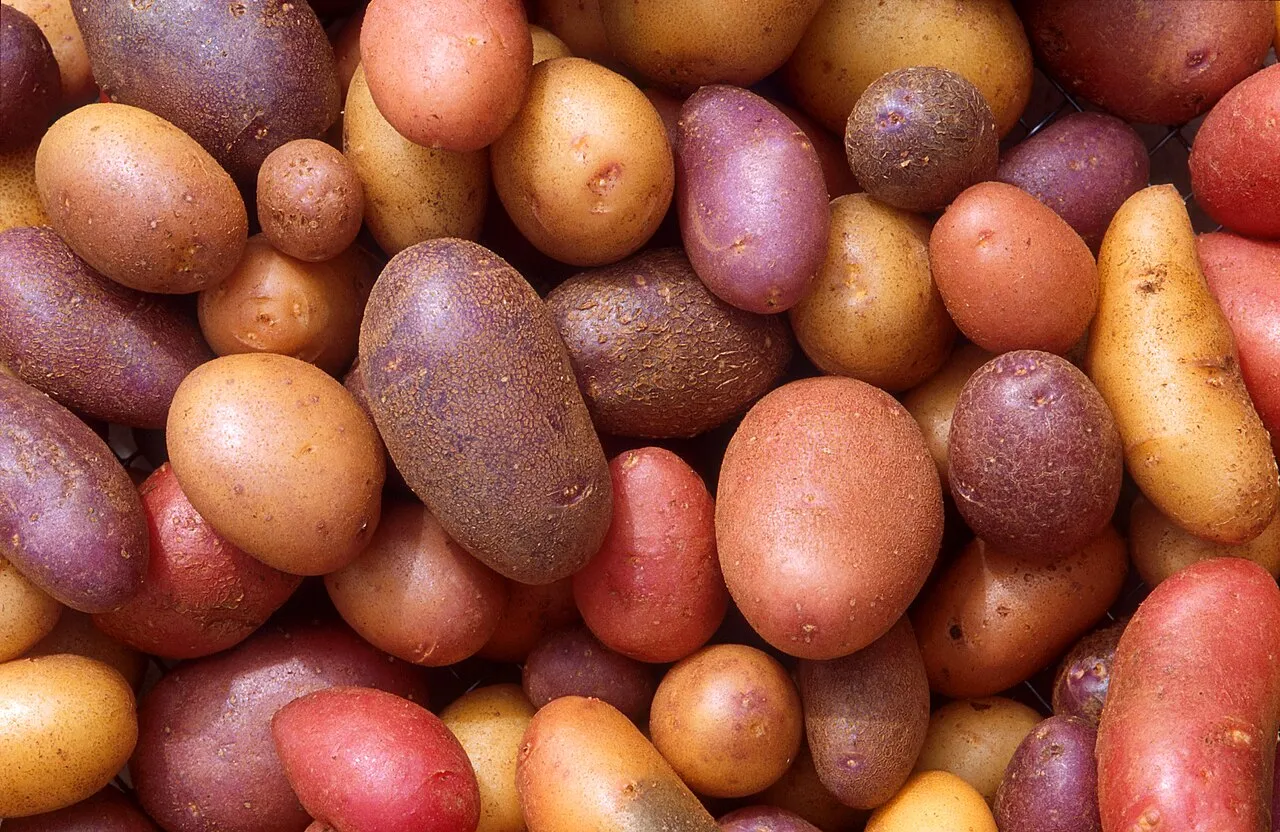“Come Christians and Jews”: The Eleventh-Century Eastern Mediterranean and Europe
Discussion of teaching the eleventh-century causes of the First Crusade

In the previous post, I discussed the OER video on the Crusades, which claims they began with Pope Urban II’s call in 1095. It seems like the right place to start, but is it?
Anyone who has taught the First World War has discussed the assassination of Franz Ferdinand. Although we know his assassination led to the Great War, it was more of a spark than the cause of the war. Militarization, alliances, nationalism, and imperialism caused the war. In the case of the Crusades, we need to look back at the eleventh century to understand the different factors that contributed to the Crusades.



Left: The Eastern Mediterranean, 900-1100. Source: The World: A History. Middle: The Christian World, c.1000. Source: The World: A History. Right: The Muslim World, c.1000. Source: A History of World Societies.
At the start of the eleventh century, northwestern Europe was a region of small states. The largest cities measured in the tens of thousands. Meanwhile, the Byzantine Empire was at its largest territorial extent since the seventh-century Arab conquests. The empire stretched from the Balkans to eastern Anatolia. Constantinople had a population of around 400,000. If any Christian state seemed likely to conquer much of the Levant, it was Byzantium.
By 1000 in the Muslim world, the Abbasid Caliphate existed in name only. Smaller states ruled over the extensive territories that the Caliphate used to control. The Buyid Dynasty controlled the Persian-speaking territories, including Baghdad. The Fatimid Caliphate ruled North Africa, the Levant, and the Hijaz. Different Christian and Muslim sects competed for influence while coexisting within the Christian and Muslim worlds. Jewish communities also lived across the greater Mediterranean world.
During the eleventh century, increases in diplomatic and economic exchanges, a changing climate, and the emergence of new political powers reordered the region and contributed to the start of the Crusades in 1095. Having students explore these changes will help them see the Crusades less as a dramatic break with the past in 1095 and more as an outgrowth of eleventh-century developments.
Intensification of Exchange
This content is for Paid Members
Unlock full access to Liberating Narratives and see the entire library of members-only content.
SubscribeAlready have an account? Log in



